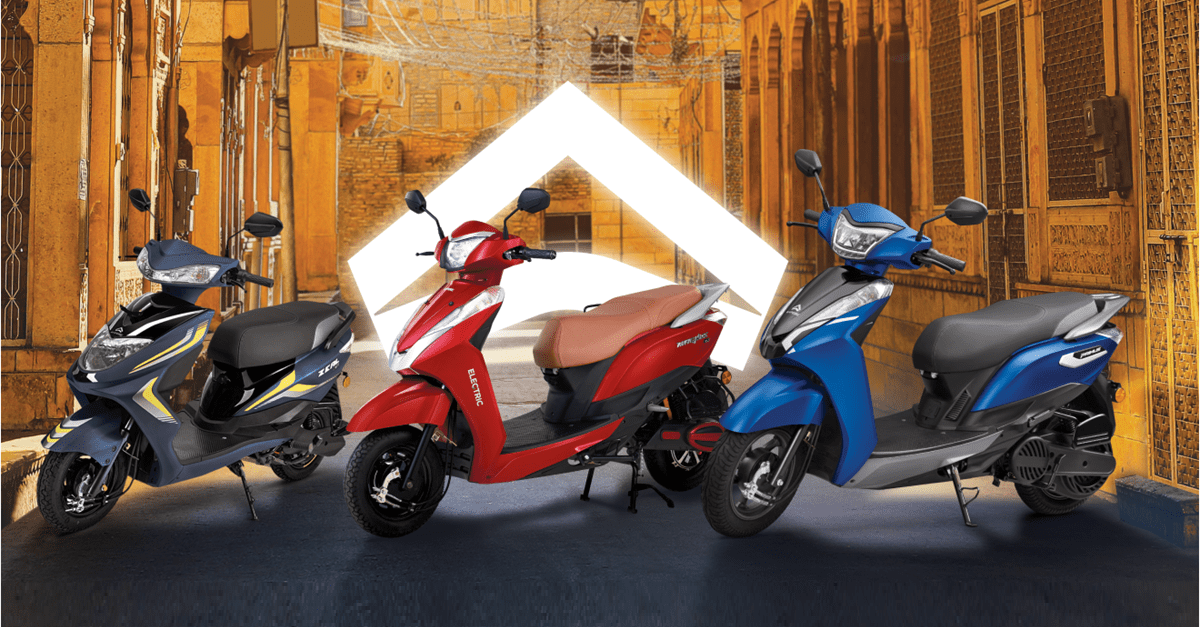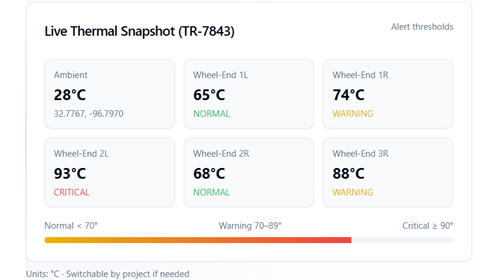
/
October 20, 2022
/
#
Min Read
The Recreational Mobility Experience
Safety, productivity, and entertainment are important constituting elements of a successful mobility experience. Boats and RVs are a subset of vehicles where the experience aspect of transportation is paramount, and while productivity is not vital, safety and entertainment certainly are crucial. Interestingly, neither of these classes of recreational craft are getting a lot of attention in terms of the connected vehicle movement, but they certainly deserve to, for connectivity can definitely lighten the load of ownership and enhance the experience.
Boats and RVs
A question that arises is: why talk about boats and RVs in the same article? Although they seem different, there are many similarities between these mobile lifestyle experiences and reasons to group them:
First, both industries, by their nature, cannot achieve the scale of the car industry. While cars roll off assembly lines by the millions, boats and RVs are manufactured in batches of hundreds or thousands, with a considerable amount of manual labor involved. Second, boats and RVs have to provide a much broader variety of functions, features, and amenities than a passenger automobile. Third, they include a whole set of mechanical, electrical, and electronic components that are not standard for transportation, such as refrigerators, stoves, and hydraulics. These often are sourced from various suppliers. Fourth, resulting from the manual labor and multitude of components, both industries tend to lag in the implementation of electronics and software.
Upkeep and Issues
Every boat and RV owner can tell many stories about upkeep, maintenance, and failure. The items that fail are often from the group of onboard appliances that are not inherently made for mobile and marine life. While it is true for vehicles in general that the electronics living in them have a hard life because of vibration and changeable temperatures, an electronic control unit in a car can be encased thoroughly. This is not possible, for example, for a kitchen appliance in an RV. A microwave oven is best suited for a sedentary setting, while on boats there is the additional danger of corrosion by humidity and salt. Under such conditions, frequent failure should not be a surprise.
Owners are thus confronted with a group of failure-prone appliances sourced from various suppliers. Moreover, prior owners may have made modifications that add to this variety. As a result, difficulties await. If the refrigerator full of meat stops working or a hydraulic pump for the slides of the RV gives out—this is not the experience the owners were seeking.
Options and Improvements
What can be done to ameliorate these difficulties? This is particularly pressing when facing the fact that boats and RVs are large investments and it is desirable to keep their value as long as possible. As is widely recognized, the connected vehicle is the most important development in the automotive sector and there are striking use cases for RVs and boats.
The most obvious improvement is that better connectivity means increased safety. It could even be said that being more connected makes owners more independent because it enables them to venture out with less risk. And in the segment of boats and RVs, safety is crucial. Whole families travel and live in these vehicles, sometimes for long stretches of time in the great outdoors or offshore. Life on open waters, in particular, is inherently risky. It is clear that improved connectivity can make a vital contribution here.
Another aspect is that most boats and RVs see very irregular use, which entails irregular maintenance schedules and the near impossibility to predict when things may fail. There are already software tools to follow the maintenance schedule, but with these, the owner must still make manual entries, which is laborious and in itself error-prone. Connected devices give the option of maintenance based on real use for the first time. A lot of devices can now be turned into smart appliances, a feature that can and should be used. As a consequence accurate predictive maintenance and fault identification is now within reach.
The fact that crafts often remain unattended because of the irregularity of use not only increases the risk of theft and other damage but makes maintenance even more difficult. Compressors and generators on a boat, for example, have to be regularly run, even though the vehicle may not be in use. Connectivity not only allows these appliances to signal their need but could eventually enable the owner to remotely perform certain maintenance tasks.
A further consideration is warranty cases. With more objective data at hand, disagreements between manufacturers and customers could be reduced. Regarding both warranty and predictive maintenance, enabling an appliance or part with the ability to signal problems (like excessive electrical currents) early on reduces costly emergencies when the vehicle is out traveling. This has great benefits for all parties involved—owners, manufacturers, and aftermarket suppliers.
Value and Innovation
A category never to be underestimated is value. RVs, in particular, depreciate rapidly and a thoroughly documented maintenance schedule, based on objective data, would be very helpful for sellers and buyers alike. This allows more objective prices for used vehicles, taking into account actual usage and conditions. And even without regard for resale value, improved maintenance schedules would be greatly beneficial to extend the life cycle and lower the costs.
In the long run, data collected from connected vehicles could be harnessed for design improvements. This is even more valuable in the RV and marine sectors considering irregular use and small production batches. With data showing the actual use of features and functions, a new level of customization is possible—not only regarding what features are offered but also in what quality they need to be implemented. In essence, customers may see certain functions as highly desirable but barely use them in the end. Having access to this data opens up the option to implement such features in a commensurate quality.
Solutions and Use Cases
The good news is that the means to implement these solutions exists because the foundations for connectivity have already been laid. In the case of RVs, CAN bus and telematics units can be equipped with over-the-air software solutions. Meanwhile, many boats have the standard NMEA 2000 in place, which is compatible with the J1939 standard and the CAN bus.
This connectivity can be leveraged using Sibros’ Deep Connected Platform, which offers management of the full vehicle life cycle with over-the-air updates, data logging, and commands in all geographies. The platform and its implementations are hardware agnostic, multi-cloud ready, and safe and secure by design.
Besides the use cases already seen, many additional options will become available, such as Usage Based Insurance, modifications without voiding the warranty, or orders of parts to locations further along the journey. All these new functions will be game changers for the marine and R/V industries and owners.
The Experience of the Future
RVs and boats are itinerant mystery boxes of machinery, electrics, and electronics. Everything in them is subjected to sway and rattle, heat and cold, humidity, sun and salt. These conditions call for a lot of, often complicated, maintenance.
Some owners enjoy this work and its challenges. A small minority of boaters and campers even seek the adventure of being stranded in the middle of nowhere with a broken compressor. These individuals will always find what they desire. However, the great majority will perceive a true benefit in optimizing labor and minimizing costs and loss of value. Manufacturers who offer such options will have a true advantage.
The connected vehicle supports the experience category of mobility; allowing one to invest less on work and worry and focus, instead, on quality time. Talk to us if you want to proactively pave the path of connected vehicle innovation with more options for RV and boat owners, manufacturers, and suppliers alike.






-min.png)



